This week I have tried to implement a semantic annotation and resolution module. But there are some problems confused me.
1. the first problem is about where should I do the semantic work.
For my previous work, it's a system that have a server and a client. The server aggregates rss feeds and then classify those news items into different topics. On the client side, user can not subscribe news items by adding rss feed. Instead of , they subscribe news itmes by selecting topics they like. Then the server broadcast all information, client receive information based on result of selection.
In this system, I can easily implement semantic module, all work are done on the server side. I write a python program by using python-calais api to annotate each news items then resolve the response and generate a news item package with metadata.
However, in traditional rss reader system, this solution can not work. I plan to do semantic work in two different ways:
the first one is to use yahoo pipe, this way is similar to my previous solution. the rss feeds are imported to the pipe then the pipe would annotate those news items via using calais pipe. on client side, the resolution is done via separate metadate from news content. But this solution has the same problem with my previous solution that user can not determine which rss feed he or she want to use and the rss feed list is fixed.( In fact, I can allow users to use their ompl file to import rss lists, but the list would be fixed and any new rss feed can not be easily added into it.)
the second one is to do all semantic work on client side. Once a news item is download, then it would be annotated by calais, and resolved. But I wonder whether the device can perform such complex computation quickly and efficiently.
2. the second problem is about what I should finally do
I think my original idea about this project during GSOC is to implement a smart filter not a complete rss reader system( In fact, I would continue my work after GSOC, and finnaly implement a new rss reader system). I plan to test semantic , context-aware module on my previous system.But if I do so, then no one else can test the work I have done. If I choose to implement a complete rss reader, then I don't think I have enough time to finish my work. I want to know whether maemo community or google would test my work on mid or final evaluation? If they would do this, that means I should quicly choose a open source rss reader system in garage, and try to integarte my work with it, then any one in community can test during GSOC.
Do you have any suggestions or solutions on above two problems? tell me, please

![]()






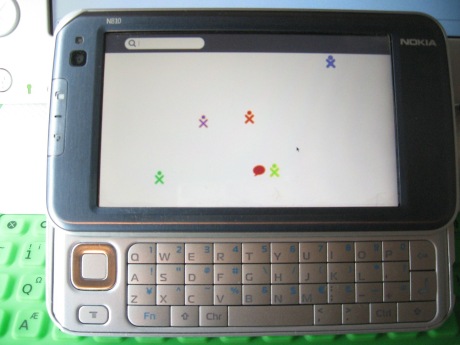
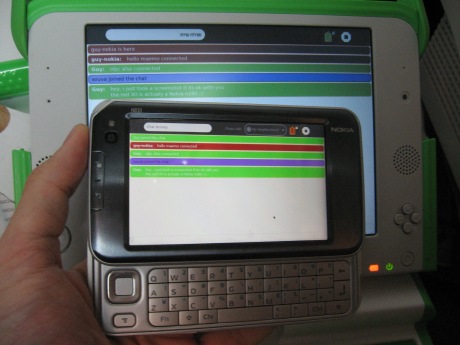
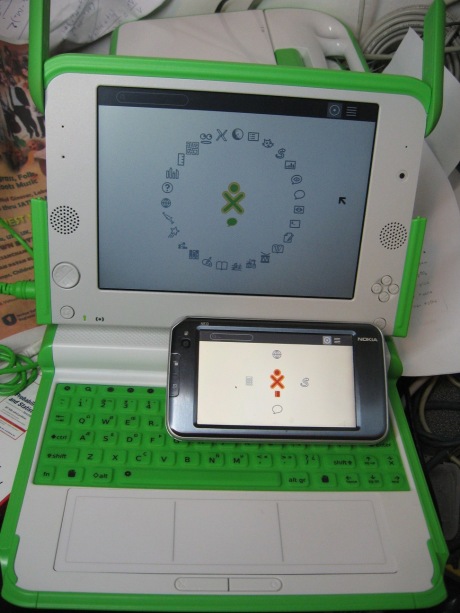
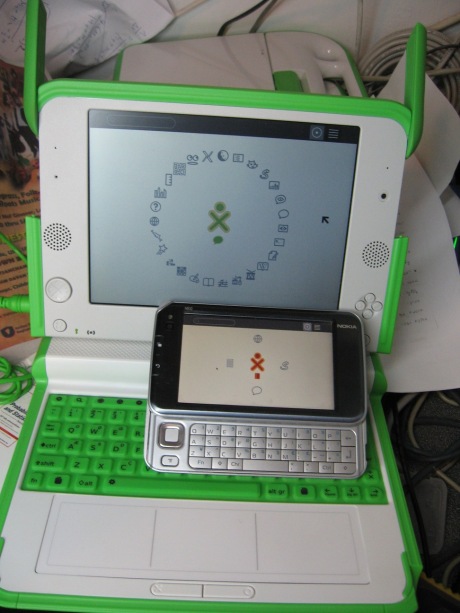








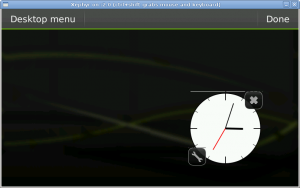





 A few days ago Intel and Nokia announced that they are collaborating on an initiative to develop what seems to be an open source telephony platform named
A few days ago Intel and Nokia announced that they are collaborating on an initiative to develop what seems to be an open source telephony platform named 




 I recently came across the rather cool
I recently came across the rather cool 









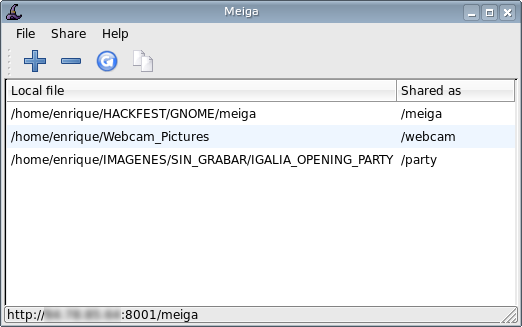
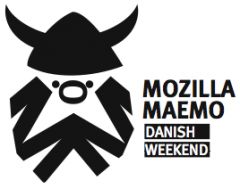 If you aren't able to make it to the Mozilla/Maemo Danish Weekend, this...er...weekend, you can keep track of what's happening by following the
If you aren't able to make it to the Mozilla/Maemo Danish Weekend, this...er...weekend, you can keep track of what's happening by following the 

